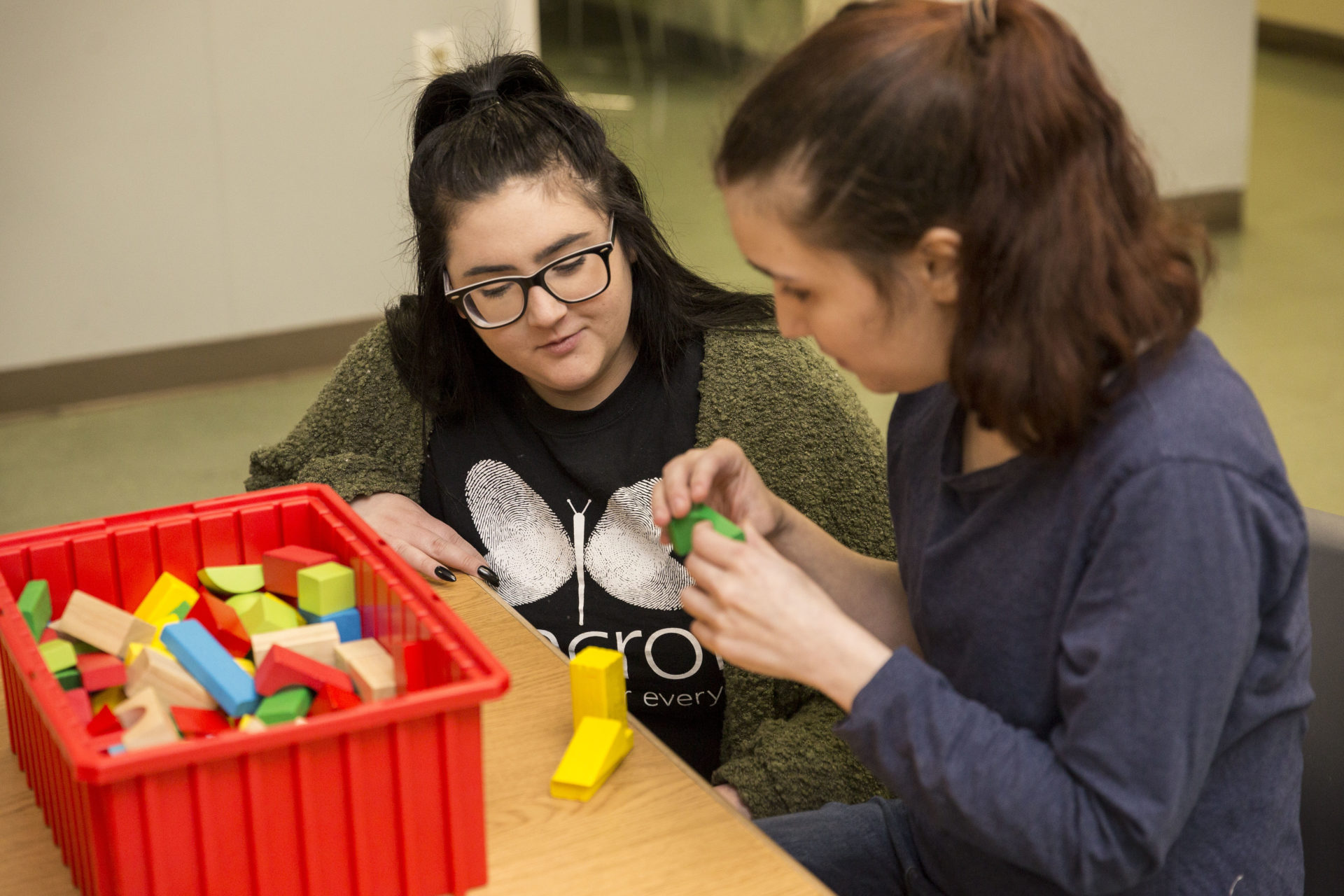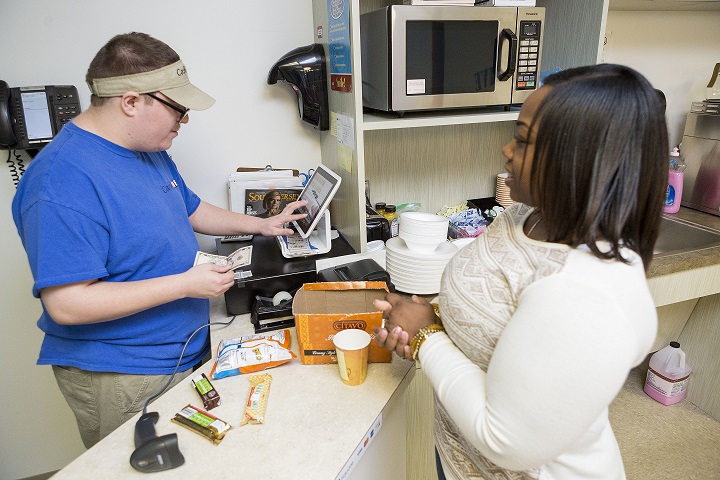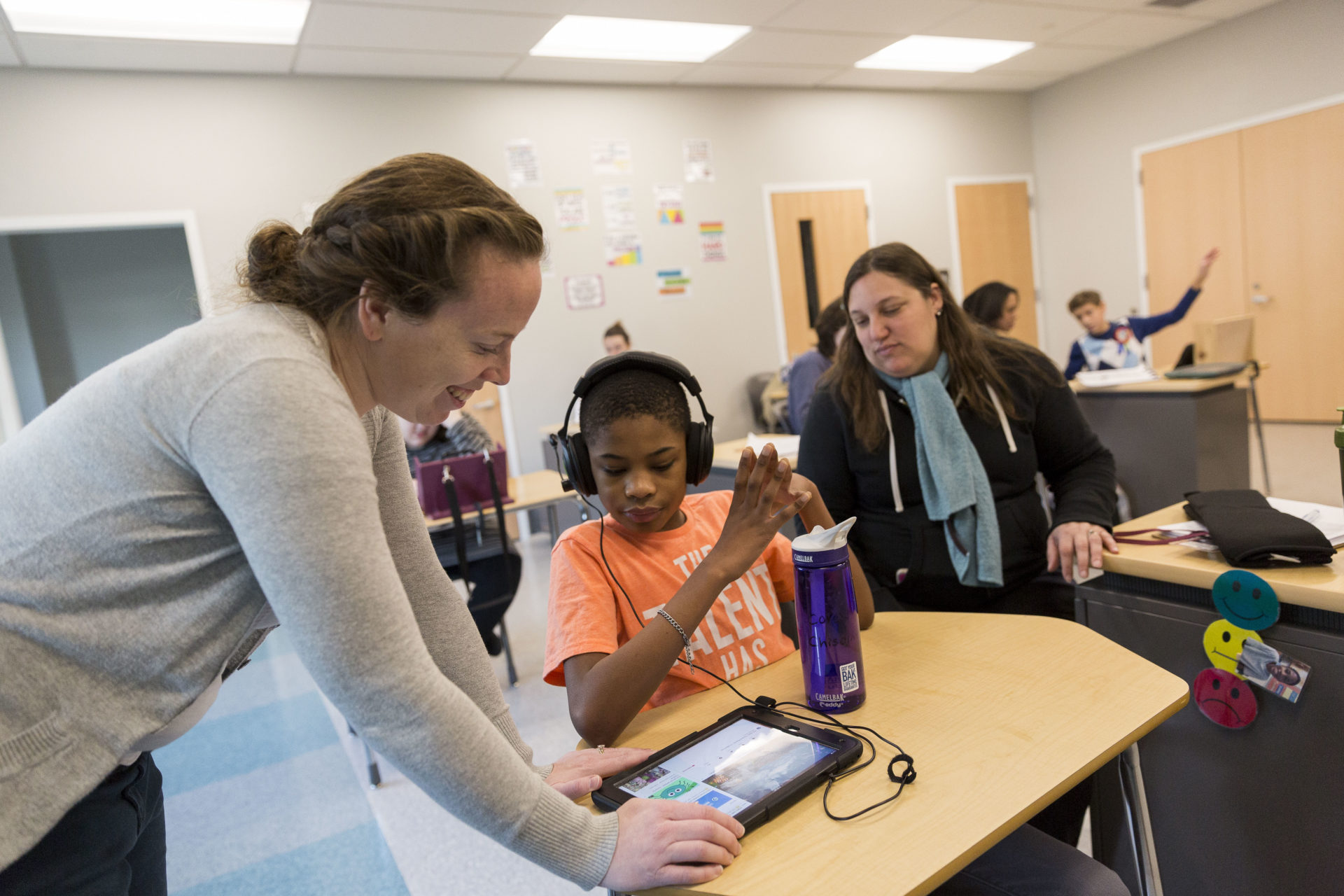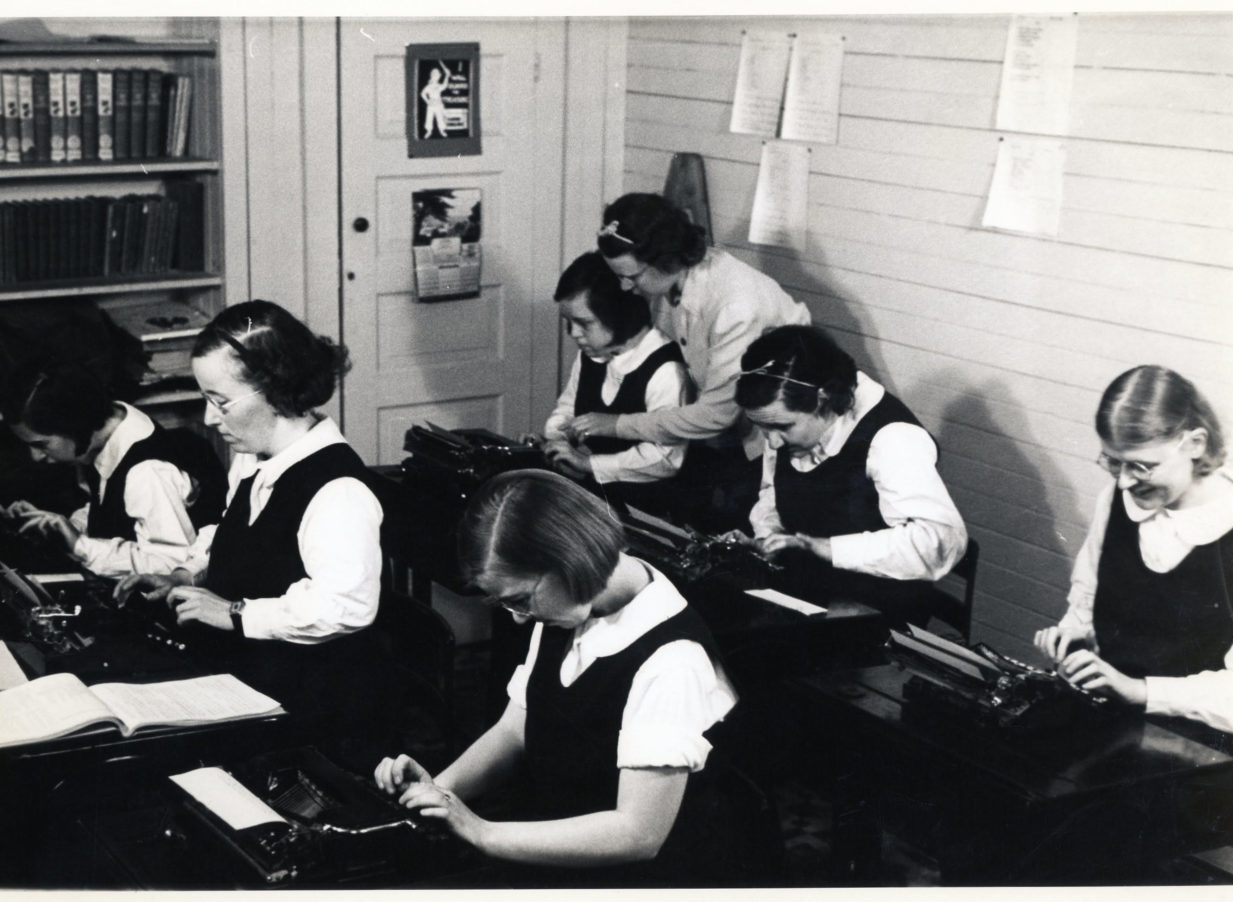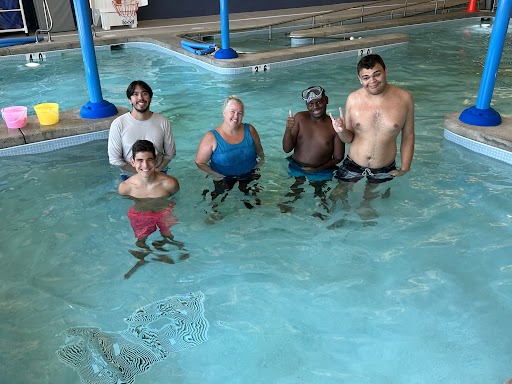A dip in the pool is a great way to have fun and stay cool, but accidents can happen instantly, even for the most diligent caregiver. Certified water safety instructor and teacher from The Bancroft School, Cindy Burkett, shares swim safety tips to ensure your child with Autism gets the most out of swim time.
The pool: The quintessential symbol of summer! It’s the perfect way to have fun, stay cool, and relax, with recreational, physical, and sensory benefits for people of all ages and abilities.
But while the pool (or the ocean, or lake, or any other body of water) promises great fun, accidents can happen in the blink of an eye for children with Autism — sometimes, with tragic consequences.
At the Bancroft School in Mt. Laurel, this is a very personal issue for us. Drowning is one of the leading causes of death for children in the U.S. – and the number one cause of death for children with autism.
But as frightening as those statistics are, we also want every child, regardless of their level of ability, to be able to enjoy the things they love – and to be able to do it safely.
“While being mindful of the dangers of swimming, I want parents to know that swim safety can be enjoyable! Children and adults with autism love swimming because of the many sensory benefits it provides.
Swimming is a great way to get active while improving gross motor skills, balance, core strength, and endurance,” shares Cindy.
We recommend the swim safety tips below to ensure both a safe and enjoyable time in the water for your child with autism. These tips include:
- Signing your child up for swim lessons. This is the most important thing you can do – even if you don’t have a pool or don’t expect to spend much time in the water, introducing your children to the basics. Research has shown that the odds of accidental drowning are significantly lower for children who have had at least some form of swimming instruction, and the earlier it happens, the better. Organizations such as the American Red Cross offer swim lessons for children as young as six months.
- At Bancroft, we focus on skills such as getting into and out of the pool safely, understanding the dangers of jumping into or running around the pool, how to float, and how to hold your breath when needed. Some children with autism or sensory processing disorders may need additional work to desensitize them to the feeling and experience of being in the water. That’s OK; find a program that fits your child’s individual needs. Many YMCA programs offer special swim programs for sensory-sensitive kids.
- Safeguard your home. Install barriers around your own home pool or hot tub – whether that means installing gates and fencing, or removing ladders and other means of access when the area is unsupervised. If you have a child with a fascination with water and a tendency to wander away, educate neighbors and friends nearby – especially those with pools of their own – so they can take the same precautions.
- Actively supervise children when swimming. Never swim without a lifeguard present — and even then, children should be actively supervised by an adult. Try to stay within arm’s reach of them at all times. Especially in open water like a lake, river, or ocean, sudden drop-offs and undercurrents can cause an emergency in an instant.
- Wear life jackets! Make sure your child has a life jacket that fits properly – and use it in pools, when boating, at water parks… whenever you’re around water.
- Know how to recognize an emergency. Seconds count – so learn the signs of distress. Keep a cell phone with you in case you need to call 9-1-1. If you own a pool or hot tub, the Red Cross recommends keeping equipment you can throw to a swimmer or they can reach for, as well as life jackets and a first aid kit.
The truth is, no matter how diligent you think you are, accidents can happen; but there are things you can do to help your child safely navigate the water.
Always wear plenty of sunscreen; drink water to ensure you stay hydrated; and help your children know their limits! A dip in the cool water feels great, but if water is too cold, it can cause muscle cramping and other health issues that make it dangerous to swim – so take it easy!




